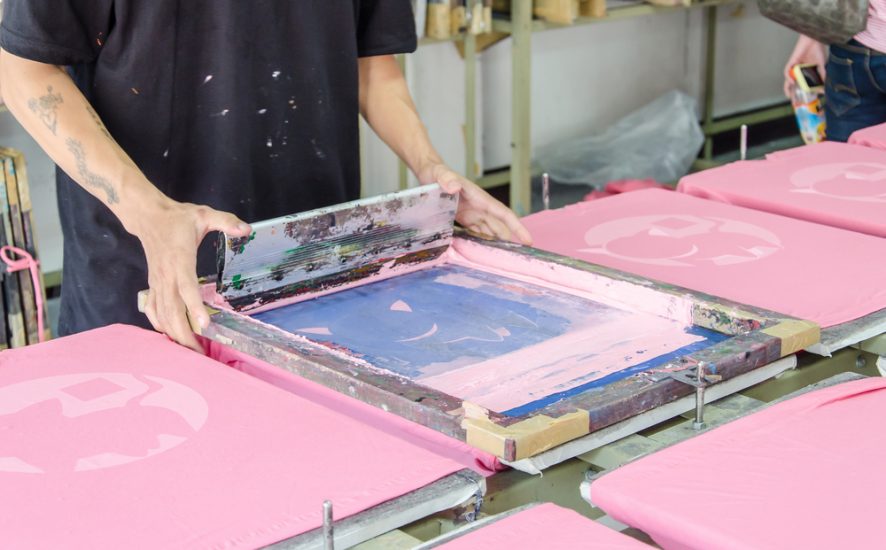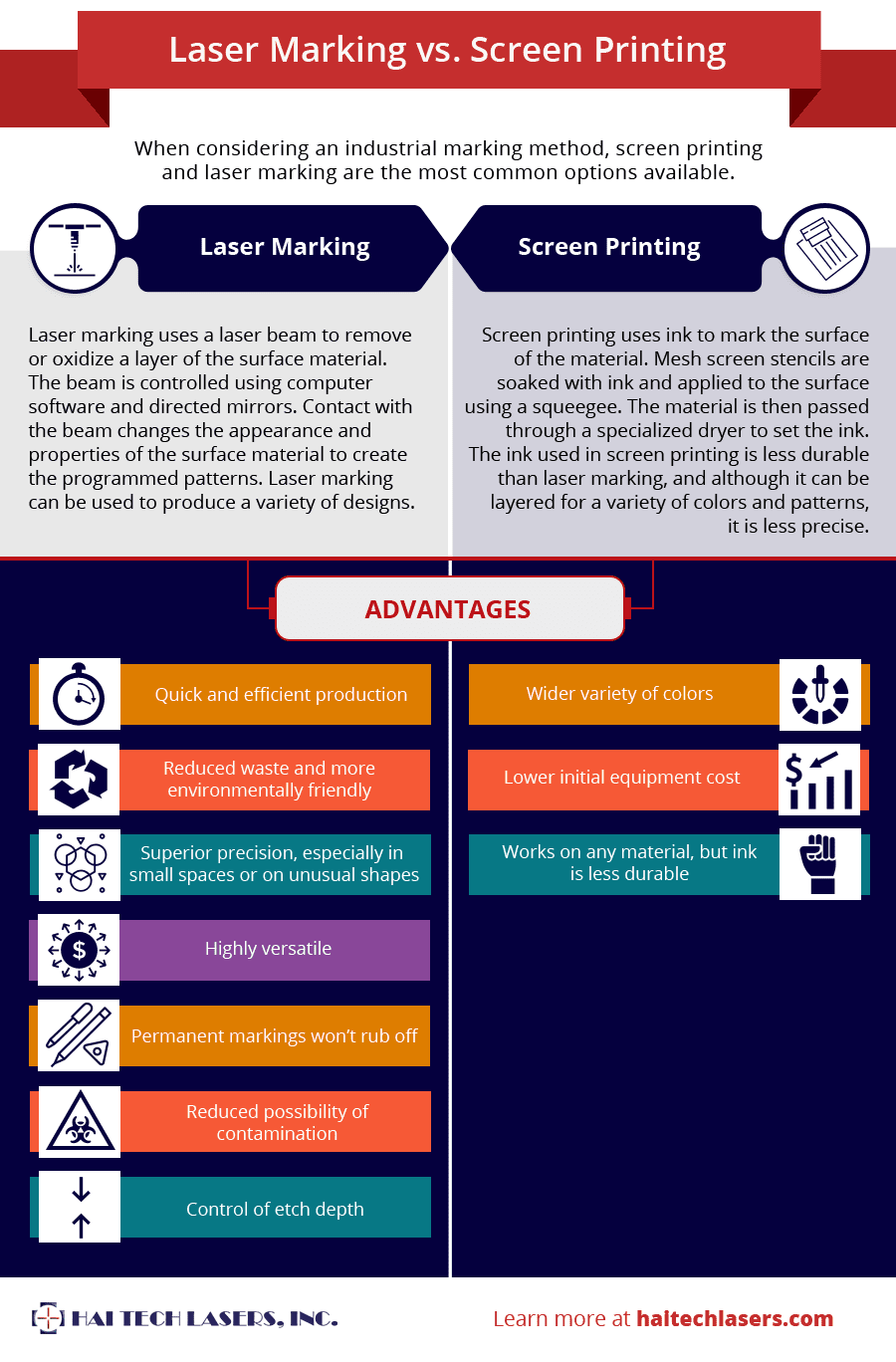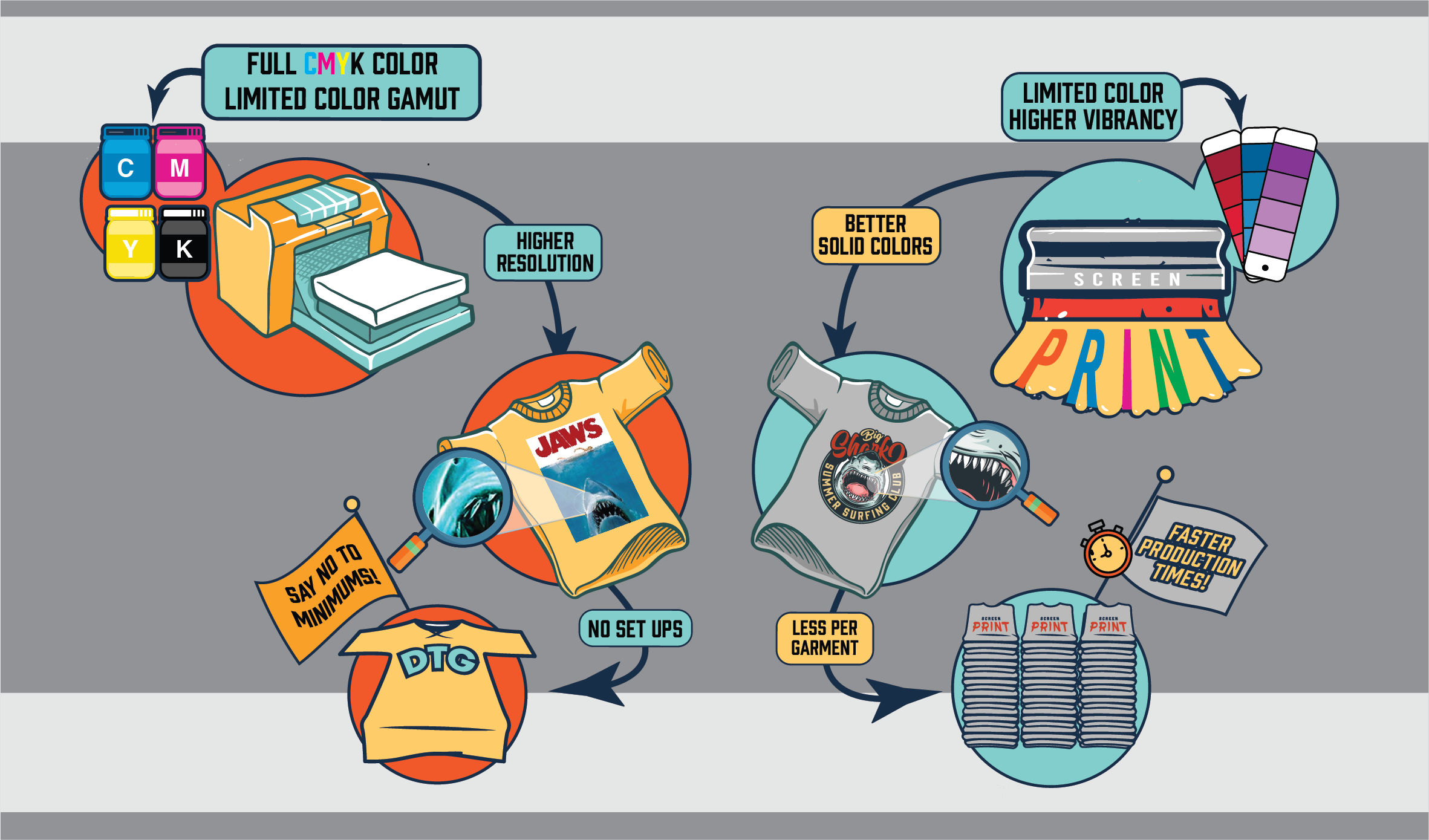Tx Tees for Dummies
Tx Tees for Dummies
Blog Article
Some Ideas on Tx Tees You Should Know
Table of ContentsThe Only Guide to Tx TeesNot known Details About Tx Tees Tx Tees Fundamentals ExplainedTx Tees for Beginners4 Simple Techniques For Tx TeesOur Tx Tees DiariesThe Buzz on Tx Tees
Add up other prices, like the number of utilities it takes to run the shop and the expense of ink and emulsion per layout. Take the print below.The solution ought to just be a couple of cents because you 'd only require to layer one display for this job. How much should you charge per tee shirt to make an earnings? Generally, printers try to make up to 45% profit on a print job. Right here's a table to assist you establish that: total expense per product percent of preferred revenue as a decimal (instance:.25 or.45) profit made per item per job Now let's speak about the productivity of DTF.

With DTF, you can publish a handful of t-shirts, or just one. Both screen printing and DTF have their particular niches in the world.
How Tx Tees can Save You Time, Stress, and Money.
The finest means to understand? Ask about and see what printing shop like yours are doing. custom cap printing. Attempt both out and see which you like far better
When you're choosing what sort of printing method to make use of for publishing your art work designs on your garments, it is very important that you know the differences in between these two methods so you can make the most of outcomes while decreasing expenses. Screen printing is the most typically used strategy for publishing layouts on fabrics.
DTG printing is additionally referred to as area or direct to garment printing since it prints only what is needed instead of making a screen as screen printers do. https://www.mixcloud.com/txtees02/. Screen printing functions by screen filler squeegee screen printing ink screen mesh screen, after that transferring the photo to garment making use of warm and/or stress
The DTG printer utilizes special dye-sublimation inks that are used into a pre-designed photo by a digital printing system. The inks enter into the fabric, enabling dynamic colors and exceptional information. It's additionally understood as spot or straight to garment printing because it publishes only what is required as opposed to making a screen as display printers do.
How Tx Tees can Save You Time, Stress, and Money.
It's much quicker - you can publish a fullcolor image in minutes, as opposed to hours for screen printing. Second, there's no set up time or costs included - you can print any type of style you like, without having to develop a screen. Third, there's no waste - due to the fact that screen printers display print one design each time, they need to evaluate each shade independently.
The paper is very costly and can just be utilized when. Once it's published on, it needs to be disposed of. - The first acquisition rate is lower than the ahead of time financial investment of DTG printers- You can publish multi-color layouts one screen at a time instead of needing to publish each shade separately like DTG printing.

8 Easy Facts About Tx Tees Shown
Instead of making use of screen mesh as screen printers do, color sublimation printers use laser technology to transfer your photos onto garments or paper. A heat procedure transfers the dye from its solid-state straight right into the gas stage which subsequently fuses it onto material substratums when they are swiftly heated to high temperature levels under high stress.
Sublimation printing is environment-friendly. It makes use of less water than screenprinting, and because it doesn't include the usage of dangerous solvents, it's secure for all kinds of apparel. The dye sublimation inks are also odor free when treated, unlike screen printers that utilize harmful chemicals during the screen printing process Going Here that leave behind an unpleasant odor.
They also save money on costly tools like exposure units since dye sublimation printers don't call for a UV direct exposure device or a flash treatment stove that is typically utilized in display printing (embroidery shop). What is straight to garment printing (DTG Printing)? DTG printing is an electronic screenprinting process that prints directly onto fabric using specialized inkjet printers
A Biased View of Tx Tees
DTG printing supplies several benefits over standard screenprinting, including the ability to publish photographic quality pictures, greater shade vibrancy, and the capability to print layouts on darker fabrics. DTG printers function by heating up the textile ink up until it becomes a gas. The gas then penetrates the material, bonding with the fibers to develop an irreversible print.

Display printers just prepare their display then start printing up until they lack item or ink.- There is a variety of seasoned display printers all over the world, which can be useful for novices. - It's a slower process - display printers often have to await the ink to completely dry before they can publish the following shade- Display printers need manual labor, so there's a higher discovering contour and it takes longer to create a premium style- Screen printing isn't as exact as DTG printing, so you may get some "blood loss" of shades from one part of the image onto another otherwise done properly.
The Best Guide To Tx Tees
Instead of making use of screen mesh as screen printers do, color sublimation printers utilize laser modern technology to transfer your photos onto garments or paper. A heat procedure transfers the color from its solid-state straight into the gas stage which in turn merges it onto fabric substrates when they are swiftly heated to high temperature levels under high pressure.
Sublimation printing is environment-friendly. It uses less water than screenprinting, and due to the fact that it doesn't involve the use of dangerous solvents, it's safe for all kinds of garments. The dye sublimation inks are also unsmelling when cured, unlike screen printers that use unsafe chemicals during the screen printing procedure that leave an undesirable smell.
They likewise conserve cash on pricey equipment like exposure units since color sublimation printers do not require a UV exposure system or a flash remedy oven that is generally utilized in display printing. What is straight to garment printing (DTG Printing)? DTG printing is an electronic screenprinting procedure that prints straight onto textile using specialized inkjet printers.
The 10-Minute Rule for Tx Tees
DTG printing provides numerous benefits over traditional screenprinting, consisting of the capacity to publish photo top quality photos, higher color vibrancy, and the capacity to publish styles on darker materials. DTG printers work by warming the fabric ink until it turns right into a gas. The gas after that permeates the fabric, bonding with the fibers to develop a long-term print.
Report this page